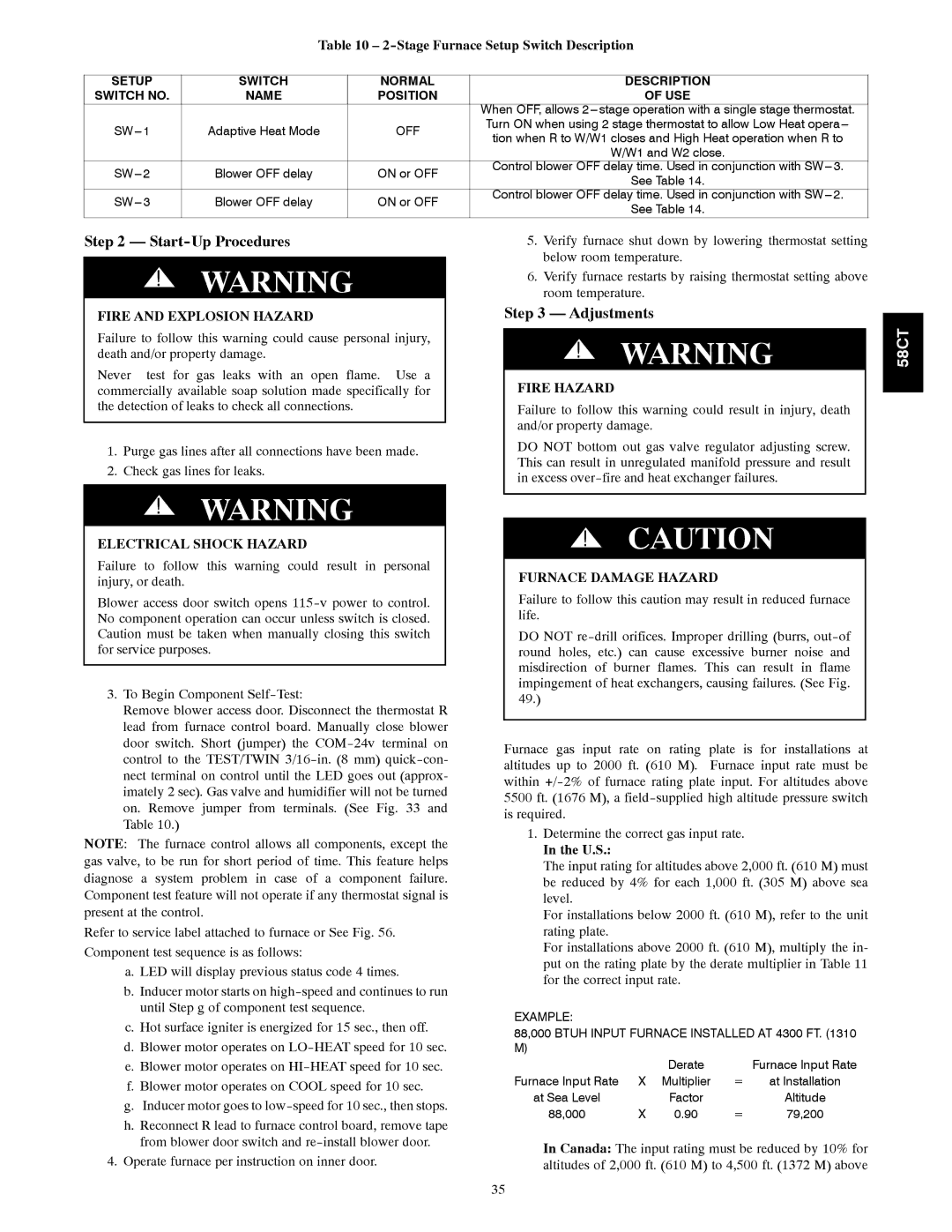
Table 10 – 2-Stage Furnace Setup Switch Description
|
|
|
| |
SETUP | SWITCH | NORMAL | DESCRIPTION | |
SWITCH NO. | NAME | POSITION | OF USE | |
|
|
| When OFF, allows | |
Adaptive Heat Mode | OFF | Turn ON when using 2 stage thermostat to allow Low Heat | ||
tion when R to W/W1 closes and High Heat operation when R to | ||||
|
|
| ||
|
|
| W/W1 and W2 close. | |
Blower OFF delay | ON or OFF | Control blower OFF delay time. Used in conjunction with | ||
See Table 14. | ||||
|
|
| ||
Blower OFF delay | ON or OFF | Control blower OFF delay time. Used in conjunction with | ||
See Table 14. | ||||
|
|
|
Step 2 — Start-Up Procedures
!WARNING
FIRE AND EXPLOSION HAZARD
Failure to follow this warning could cause personal injury, death and/or property damage.
Never test for gas leaks with an open flame. Use a commercially available soap solution made specifically for the detection of leaks to check all connections.
1.Purge gas lines after all connections have been made.
2.Check gas lines for leaks.
!WARNING
ELECTRICAL SHOCK HAZARD
Failure to follow this warning could result in personal injury, or death.
Blower access door switch opens
3.To Begin Component
Remove blower access door. Disconnect the thermostat R lead from furnace control board. Manually close blower door switch. Short (jumper) the
NOTE: The furnace control allows all components, except the gas valve, to be run for short period of time. This feature helps diagnose a system problem in case of a component failure. Component test feature will not operate if any thermostat signal is present at the control.
Refer to service label attached to furnace or See Fig. 56. Component test sequence is as follows:
a.LED will display previous status code 4 times.
b.Inducer motor starts on
c.Hot surface igniter is energized for 15 sec., then off.
d.Blower motor operates on
e.Blower motor operates on
f.Blower motor operates on COOL speed for 10 sec.
g.Inducer motor goes to
h.Reconnect R lead to furnace control board, remove tape from blower door switch and
4.Operate furnace per instruction on inner door.
5.Verify furnace shut down by lowering thermostat setting below room temperature.
6.Verify furnace restarts by raising thermostat setting above room temperature.
Step 3 — Adjustments
!WARNING
FIRE HAZARD
Failure to follow this warning could result in injury, death and/or property damage.
DO NOT bottom out gas valve regulator adjusting screw. This can result in unregulated manifold pressure and result in excess
!CAUTION
FURNACE DAMAGE HAZARD
Failure to follow this caution may result in reduced furnace life.
DO NOT
Furnace gas input rate on rating plate is for installations at altitudes up to 2000 ft. (610 M). Furnace input rate must be within
1.Determine the correct gas input rate.
In the U.S.:
The input rating for altitudes above 2,000 ft. (610 M) must be reduced by 4% for each 1,000 ft. (305 M) above sea level.
For installations below 2000 ft. (610 M), refer to the unit rating plate.
For installations above 2000 ft. (610 M), multiply the in- put on the rating plate by the derate multiplier in Table 11 for the correct input rate.
EXAMPLE:
88,000 BTUH INPUT FURNACE INSTALLED AT 4300 FT. (1310 M)
|
| Derate |
| Furnace Input Rate |
Furnace Input Rate | X | Multiplier | = | at Installation |
at Sea Level |
| Factor |
| Altitude |
88,000 | X | 0.90 | = | 79,200 |
In Canada: The input rating must be reduced by 10% for altitudes of 2,000 ft. (610 M) to 4,500 ft. (1372 M) above
58CT
35
